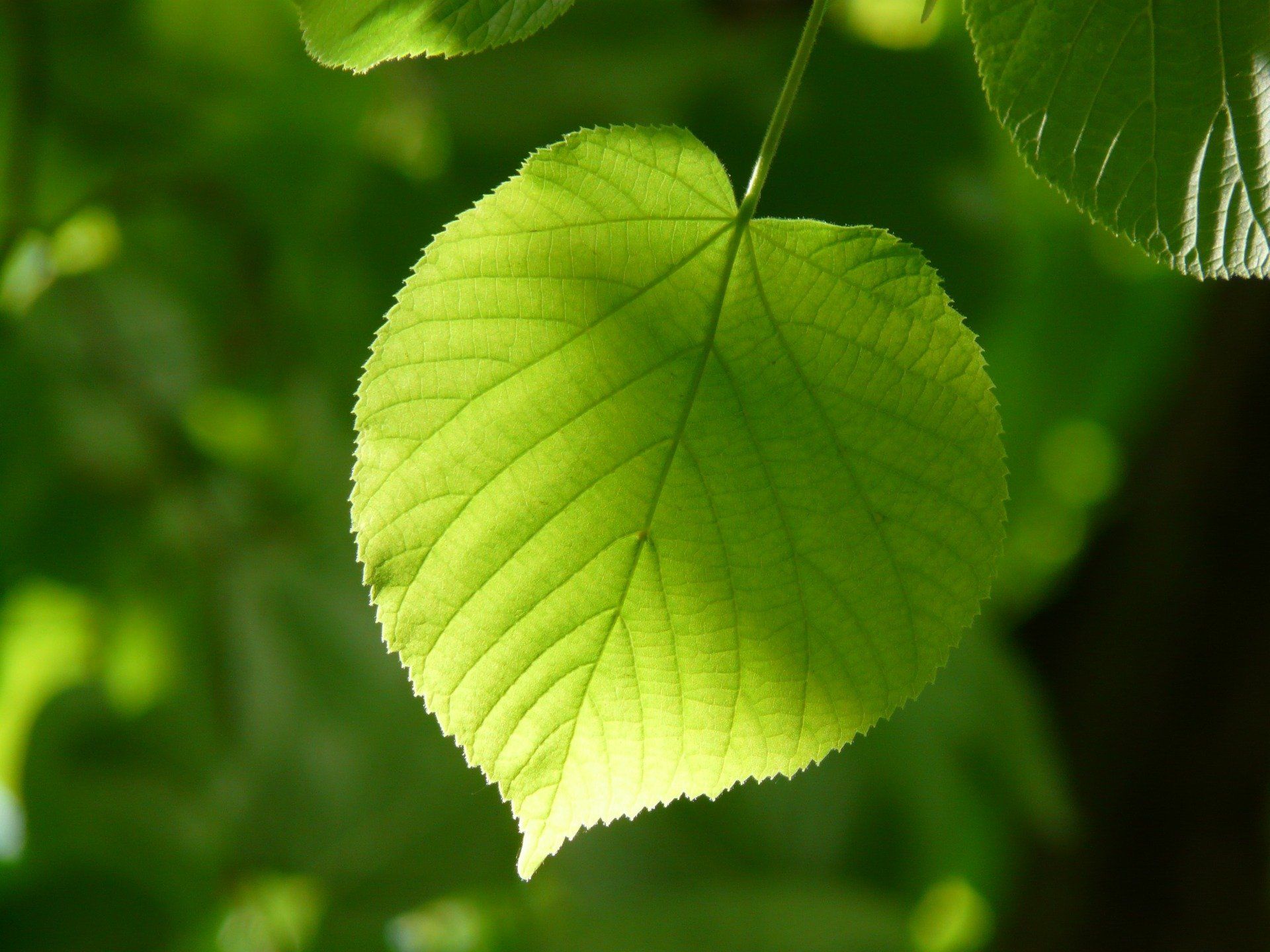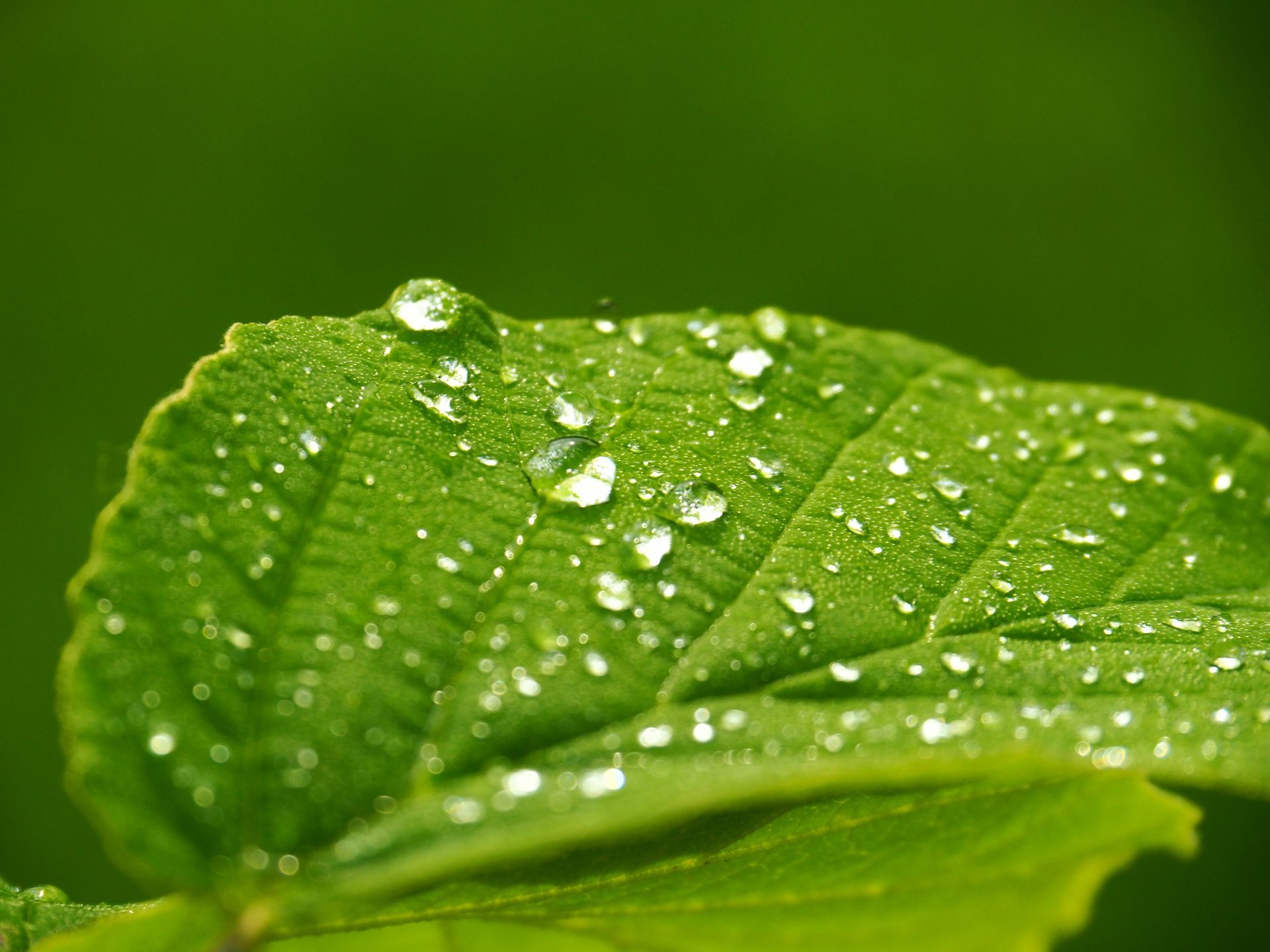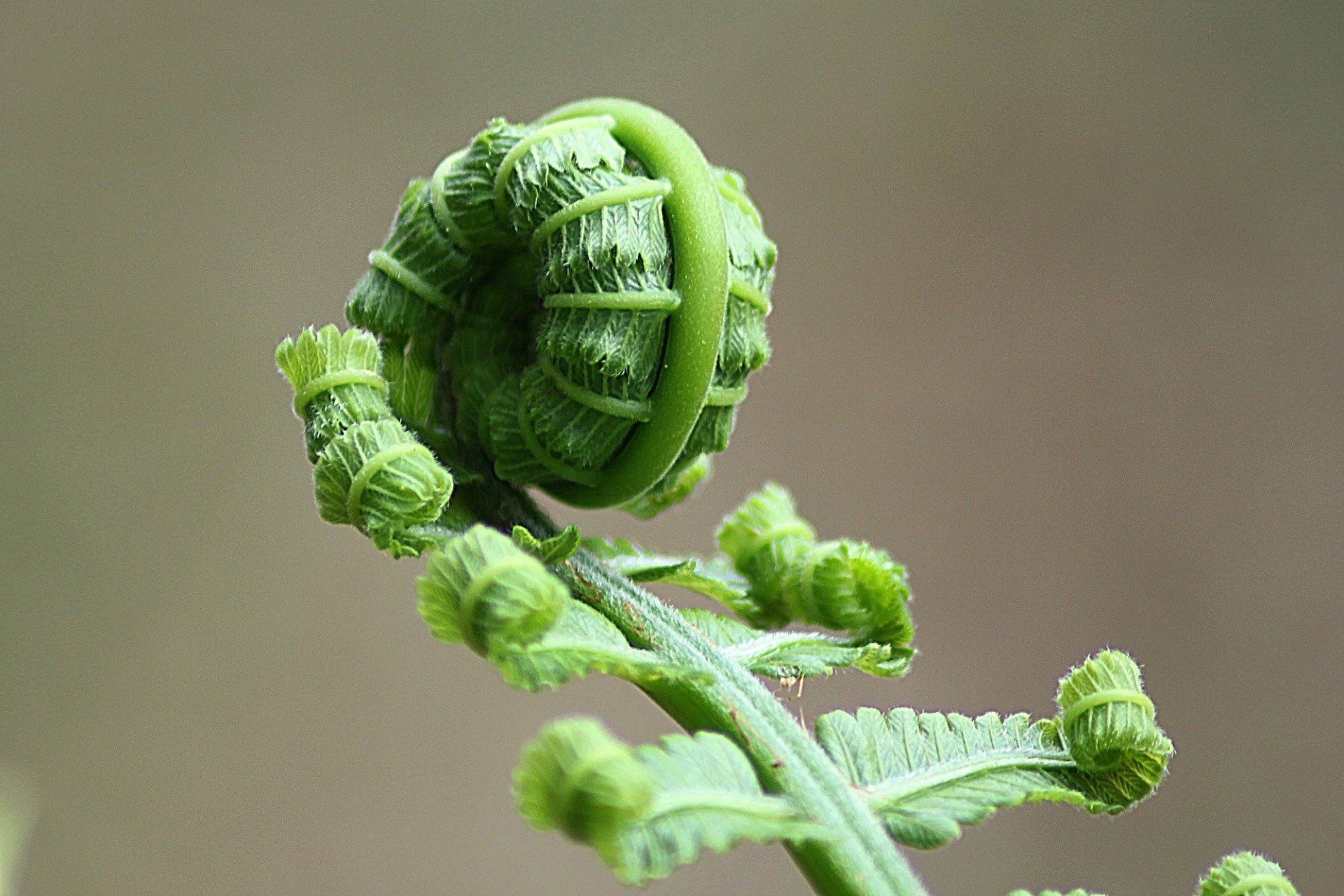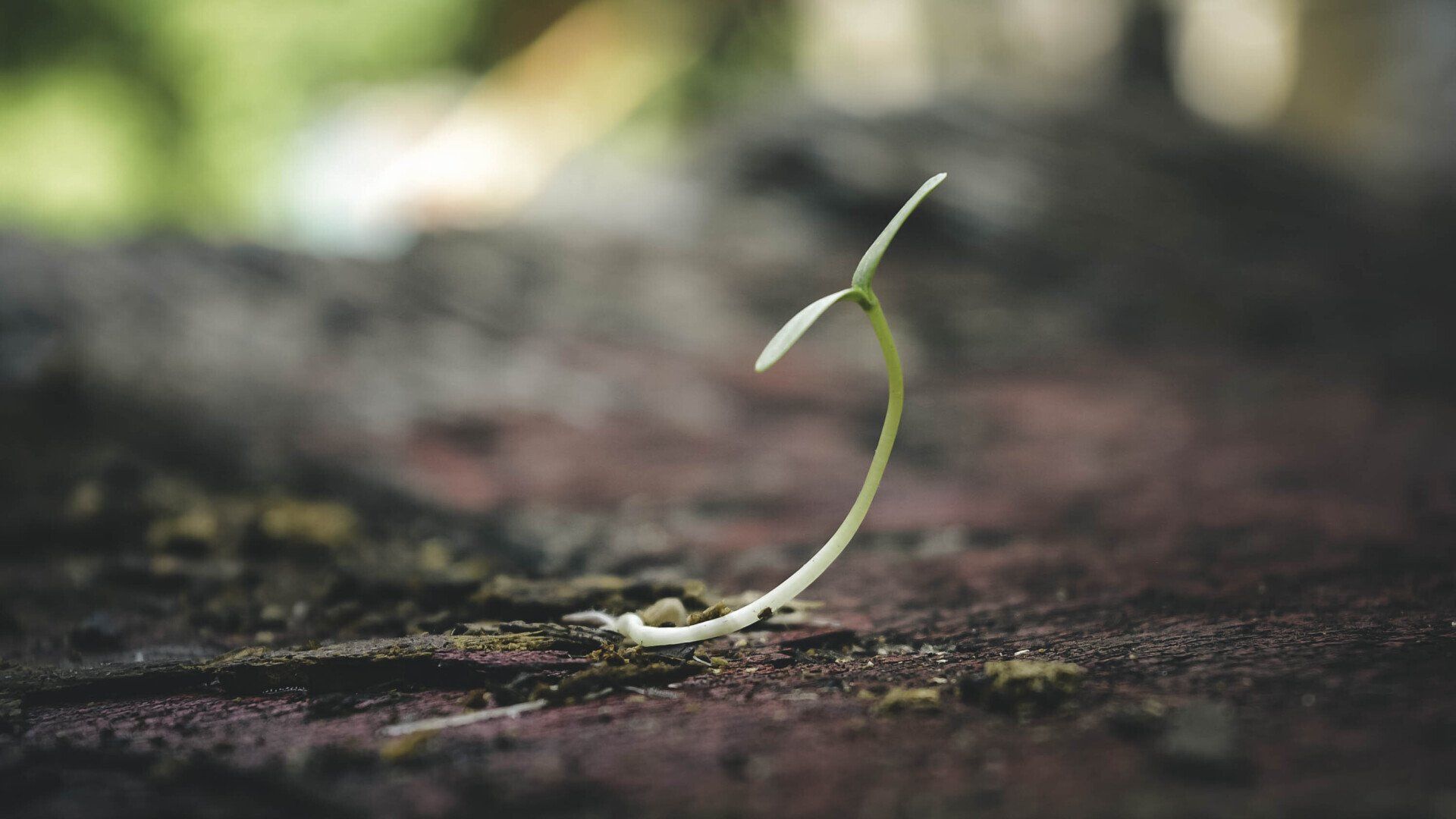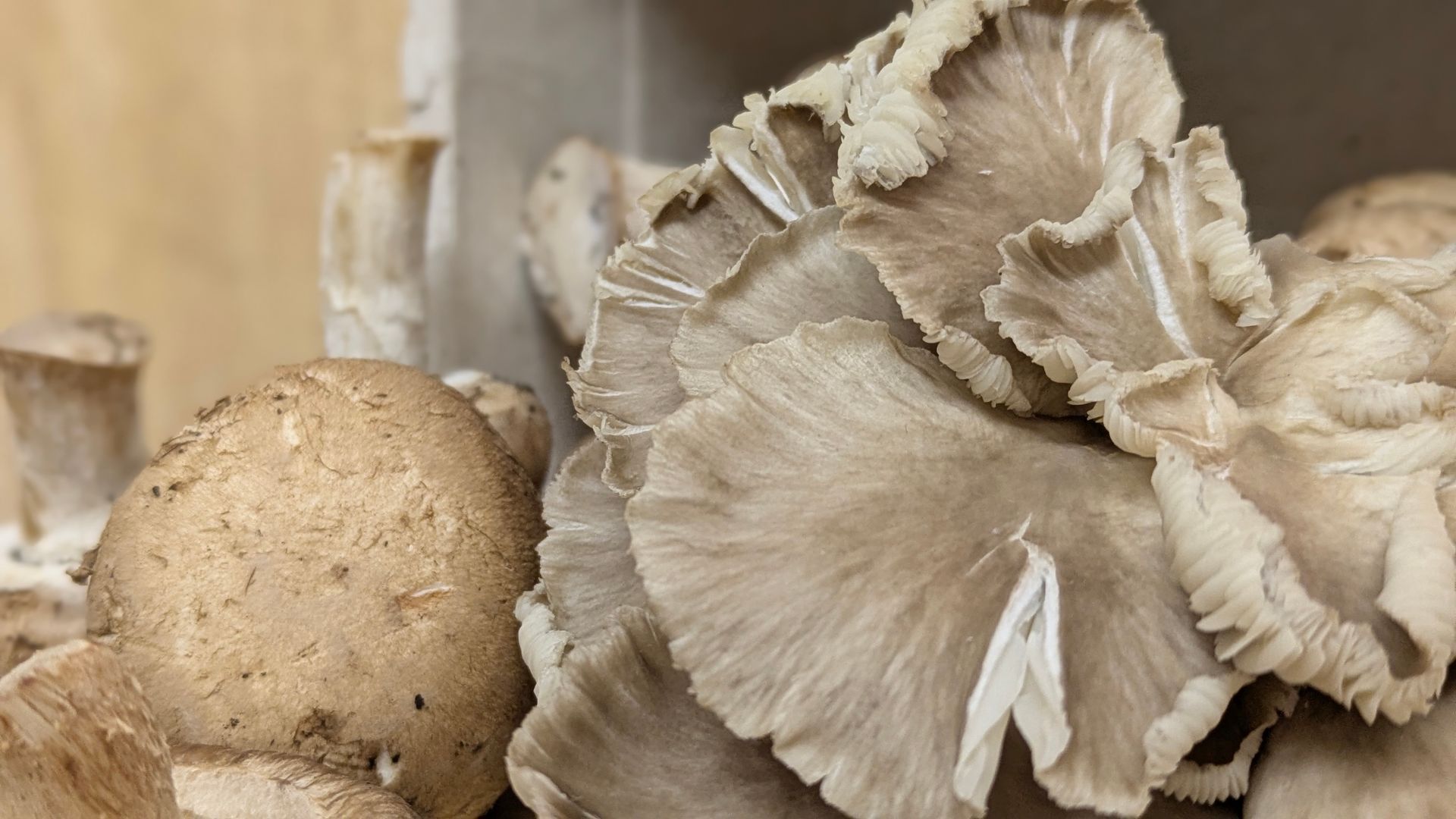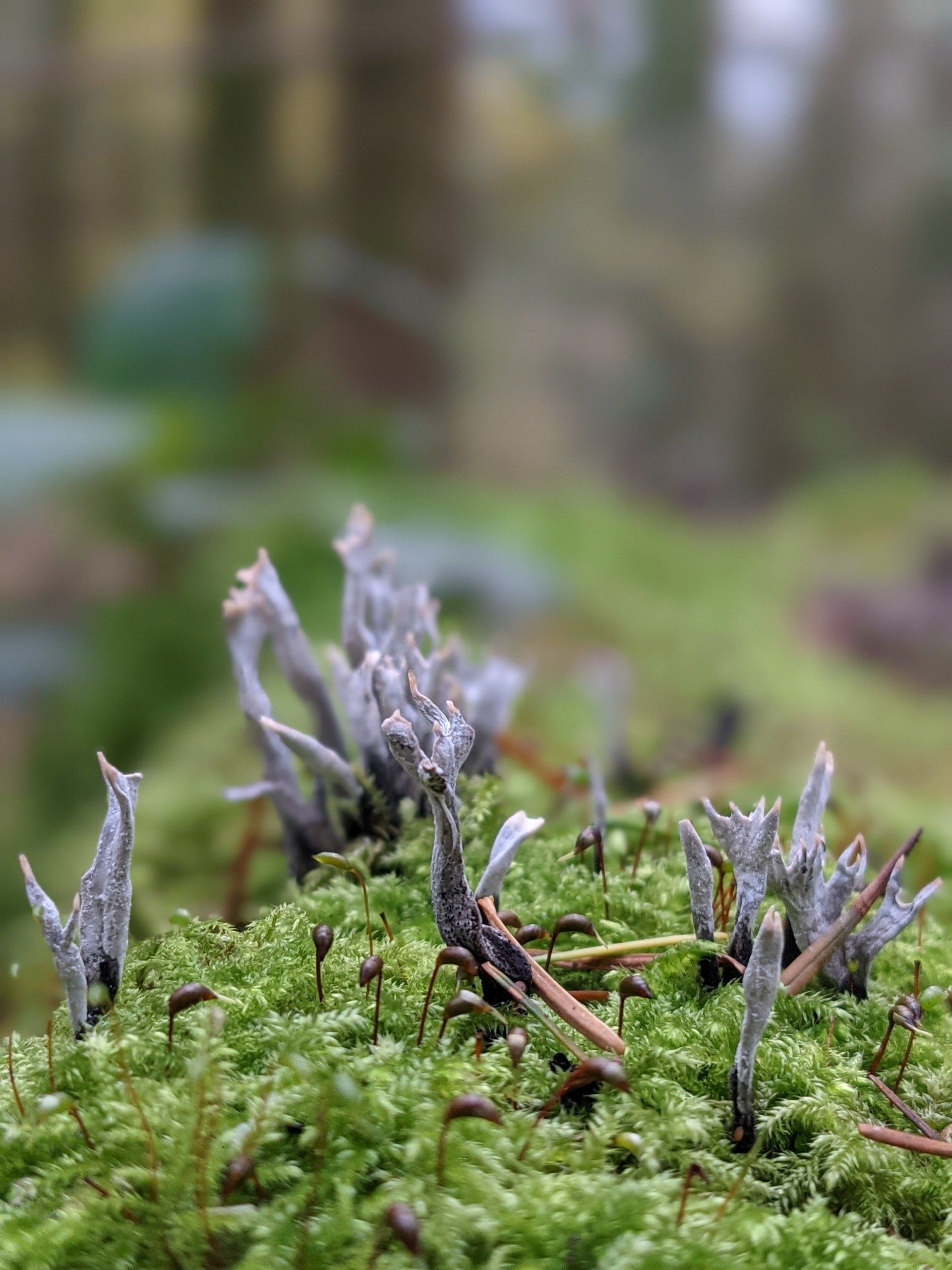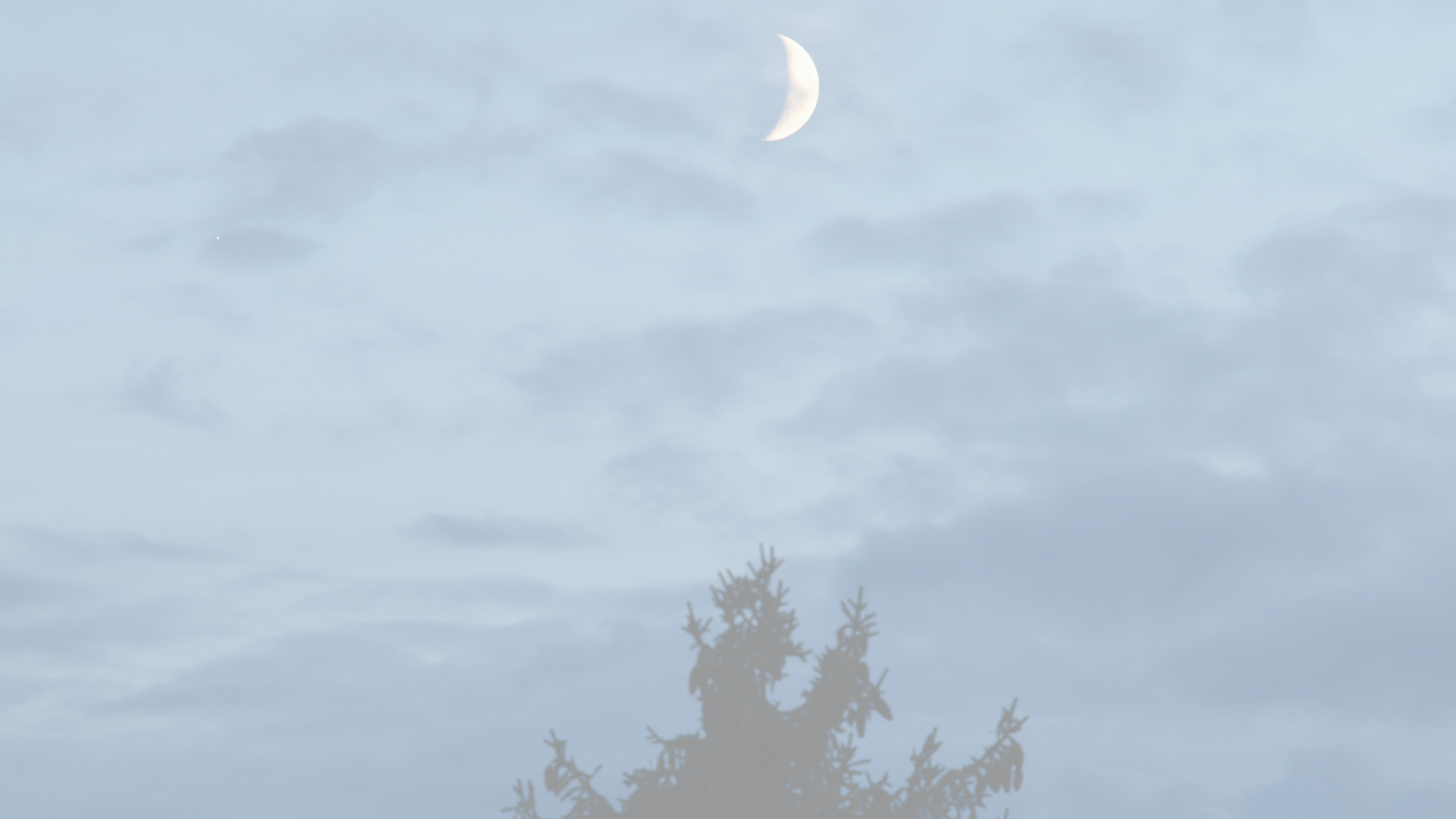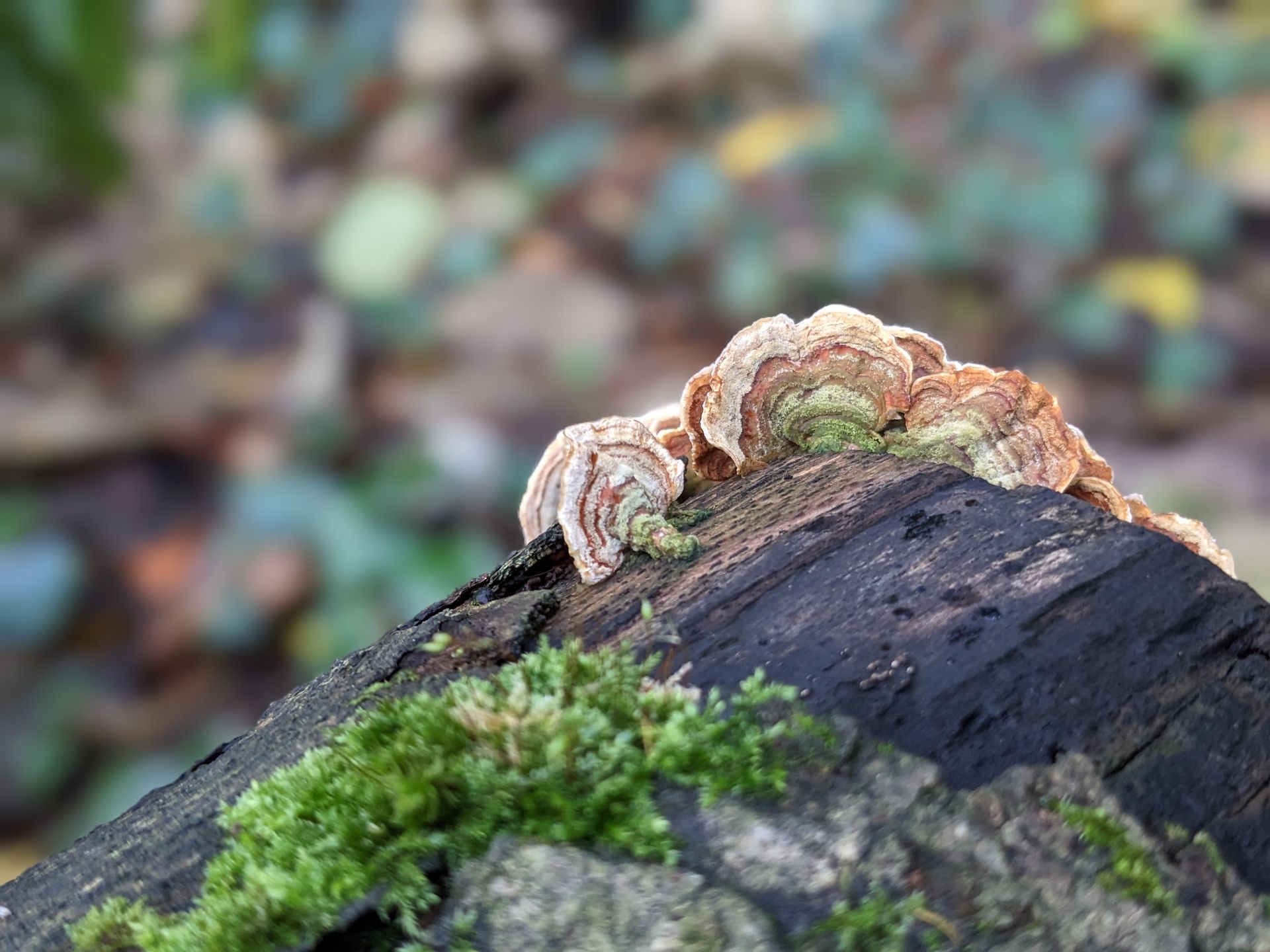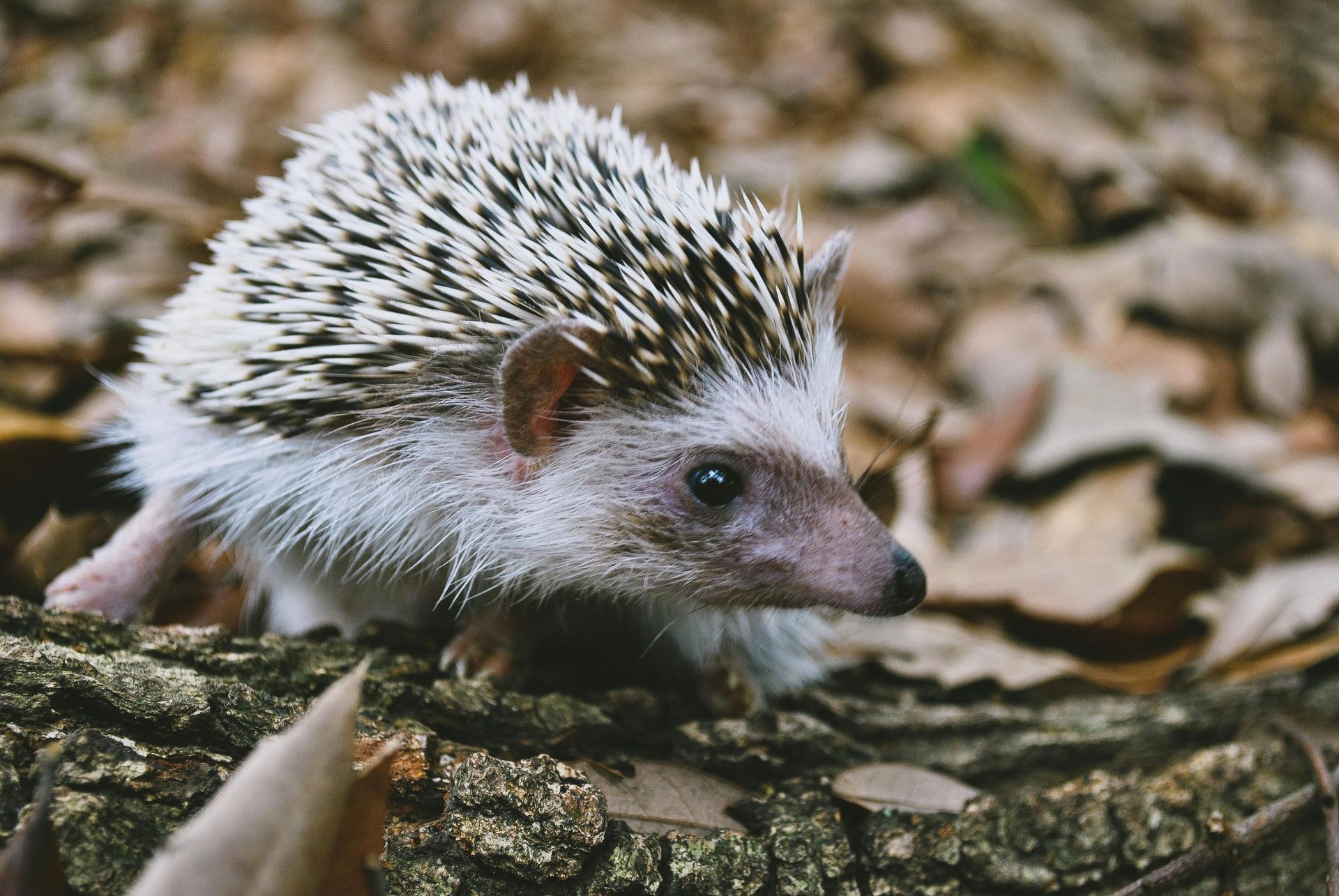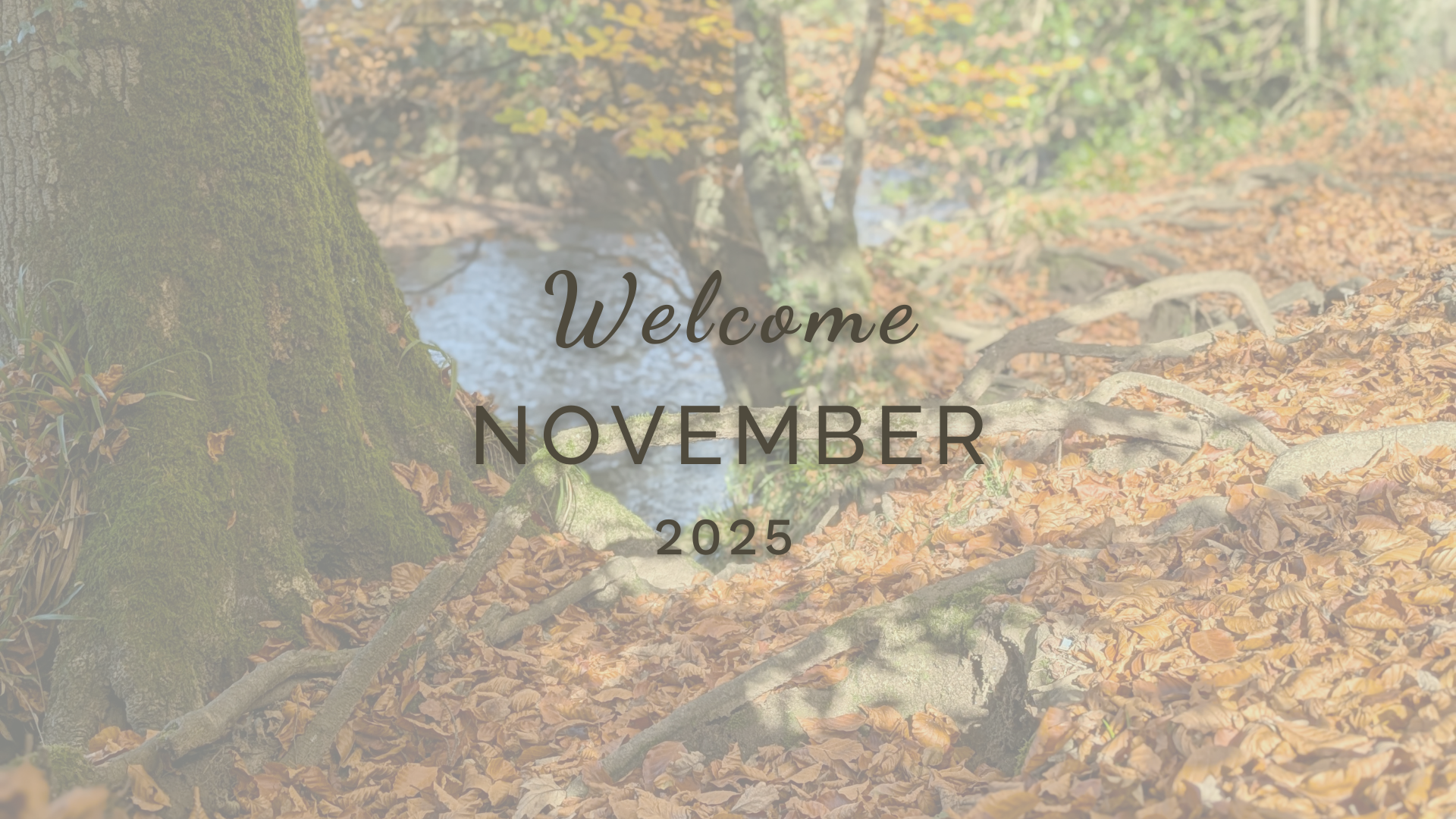Miracle of a New Leaf
Learning about Nature helps us to appreciate life and understand more about ourselves
Leaf flush and leaf out as Nature creates an infinite abundance of new leaves from early Spring through Summer.
This seasonal phenomema is aptly named as trees, bushes, plants, hedgerows and verges burst into a symphony of translucent greens, pale reds, papery pinks and pale yellows in early March to late May. A showcase of leaves that miraculously appear on the branches of bare plants and trees at the same time every year.
This flush of new leaves represents the continuation of a journey from seed to sprout, vegetative to budding, flowering to ripening. A beautifully orchestrated synchronicity of life unfolding and blossoming - exactly as expected and exactly as it is designed to do. So it is with all of Nature's exquisite flora - including the new leaf.
Apical bud
A new leaf begins life as a tiny root designed to take in all the water and nutrients needed to enable it to grow.
This tiny 'Aprical Bud' grows out from the tip of a stem or along a fissure situated on the stem. It contains the cells that grow to form the leaf and originates from the stem cell niche of the 'apical meristem' which is also known as the 'leaf shoot'.
Circadian rhythm
Plants are ingenious because they know exactly when to wake up from their Winter dormancy and when to start growing new shoots and leaves in the Spring. A molecule called 'phytochrome' is responsible for this punctual awakening.
At a precise moment when there there is just enough daylight for leaves to grow, it triggers growth as if to say: 'Nights are getting shorter and Summer is on its way - it's time to bloom!'
All of Nature's forna grows according to the natural 'circadian rhythm' which means being tuned into Earth's natural light-dark cycle. It means all trees and plants need light to grow and will naturally bend towards the strongest light by elongating the cells of their stems on the side farthest away from the light.
This efficiency of light-oriented growth is known as 'phototropism'.
Chemical reactions
A leaf grows through a combination of cell growth and cell division. Growth increases its size as the white cells divide in a process known as 'mitosis'. This increases the number of cells and accelerates the sprouting stage when the leaf gradually unfolds and spreads itself out to greet the sun.
As soon as sunlight energy reaches the different chlorophyll molecules inside the chloroplasts of the leaf, chemical reactions are triggered and the leaf splits water (H2O) into its component parts.
At this moment, oxygen is released into the air and other chemical reactions combine hydrogen with carbon dioxide drawn from the air to create life-sustaining sugars and starches needed for growth.
It's the chlorophyll's job to absorb light to activate 'photosynthesis' when the plant uses its stored energy to convert carbon dioxide (absorbed from the air) into oxygen (released into the air) and water into glucose.
Through a series of naturally occurring processes, the leaf is given the gift of life.
Learn character from trees, values from roots and change from leaves.
Tasneem Hameed
Stomata action
Light, water and a healthy nutrient-rich soil provides everything needed for plants and their new leaves to grow. Plants are like parents who know when to provide boosts of natural nutrients at each stage of a leaf's growth:
- Nitrogen for root growth and chlorophyll (vegetative)
- Phosphorous for new leaves and buds (budding)
- Potassium for transporting sugars and starches (flowering)
- Water for flushing to use up nutrients already absorbed (ripening)
When the leaf is grown it immediately starts to regulate water through thousands of miniscule pores called 'stomata' located on the underside of the leaf where they are protected from heat and air currents.
This is where water drawn from the roots is absorbed and where water is released as vapour into the air. This is controlled by two guard cells responsible for opening and shutting the stomata - opening when full of water and closing as water 'transpires' from the cell.
Vein mapping
The veins of a leaf act as a skeleton that supports the structure and holds the shape, forming delicate patterns branching into smaller and smaller veins that form the framework of the leaf.
Leaf veins transport water, minerals, and food throughout the leaf. The 'xylem' moves fluids from the root upwards, entering the leaf through the 'midrib' and then branching off with the help of 'venules'. The 'phloem' transports food produced in the leaf to all other parts of the plant.
The strucutre of a leaf can be related to the Fibonacci sequence used by Nature to provide optimised structural behaviour and optimal light capture. It has been observed that the veins of nearly half the leaves on a plant are roughly spaced by the ever present 'Golden Ratio' which maximises the structural bending and stiffness of leaves.
Leaf veins reminds us of their similarity to our human system of veins and arteries. It's a great example of Mother Nature's supreme ingenuity and intelligence where our veins are designed in the same way, only to to conduct blood from our periphery to our heart, supplying our tissues with oxygen and nutrients, keeping our organs strong and healthy.
Nature is the source of all true knowledge. She has her own logic, her own laws, she has no effect without cause nor invention without necessity.
Leonardo da Vinci
Da Vinci's rule
The symmetry and ingenuity of Nature's natural design in terms of efficiency, harmony, beauty and scale never ceases to delight.
It awakens us to the infinite number of similarities between human beings and all living beings, as an expression of Natural Law identified as 'Da Vinci's Rule'. [1]
This pattern-based analysis - driven by curiosity and accompanied by critical analysis and deep thought - is a wonderful way to get closer to Nature when we can see that we are made of the same stuff, beautifully made and intricately inter-related.
It means we too are miraculous gifts of Nature, worth every respect and loving care from ourselves and others. For this reason, we can take a leaf out of Nature's book and dedicate more time to simply 'being our true selves' and enjoying time spent in the natural world where we feel most relaxed and most at home.
It's about exploring, discovering and learning things for ourselves. It's about giving ourselves the space and nourishment we need to blossom and grow.
So why not make a date with Nature today and stop to take a leaf.
Sue Cartwright
Spiral Leaf
[1]
All the branches of a tree at every stage of its height when put together are equal in thickness to the trunk below them. The same analogy applied to rivers and their tributaries, and human arteries and their veins. Leonardo Da Vinci.
Thank you for sharing!
for you, for me and for Mother Nature
Latest Posts
All Posts

